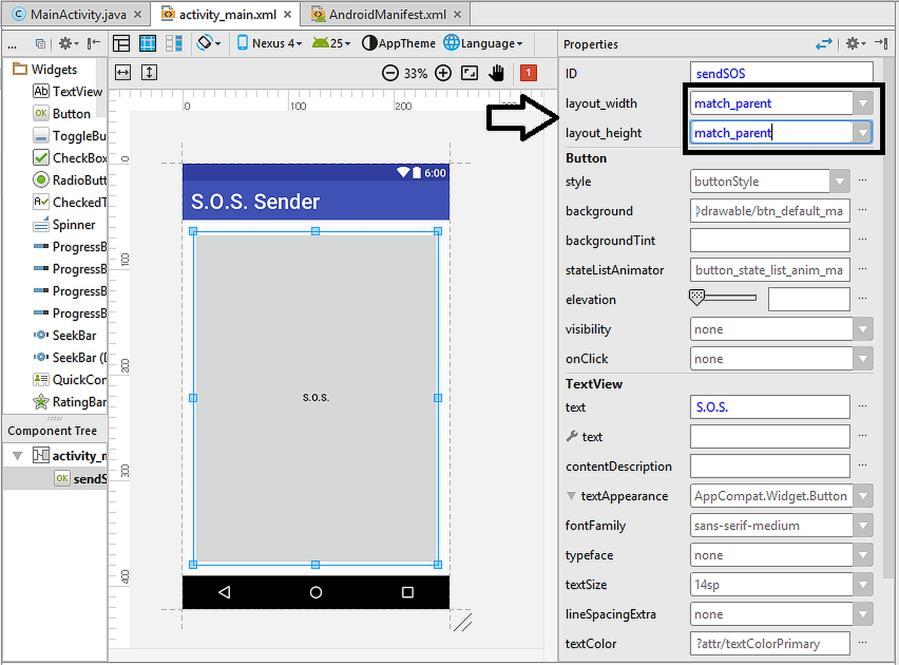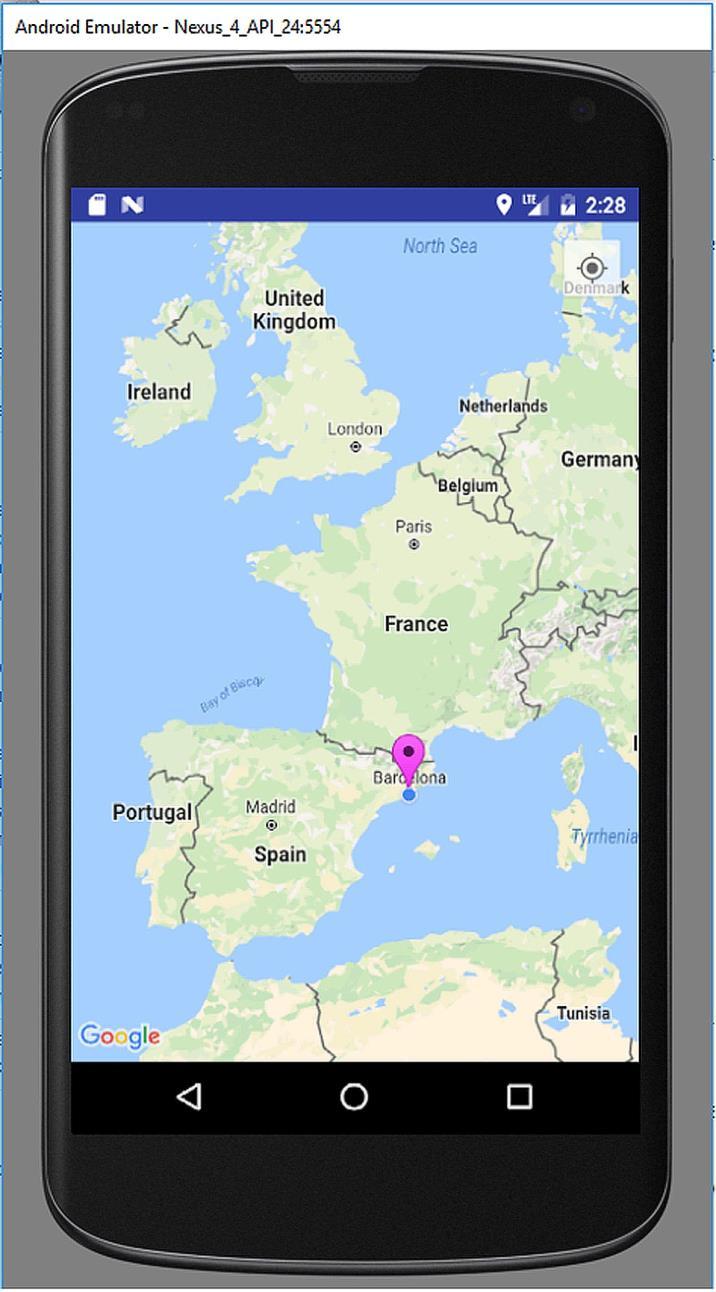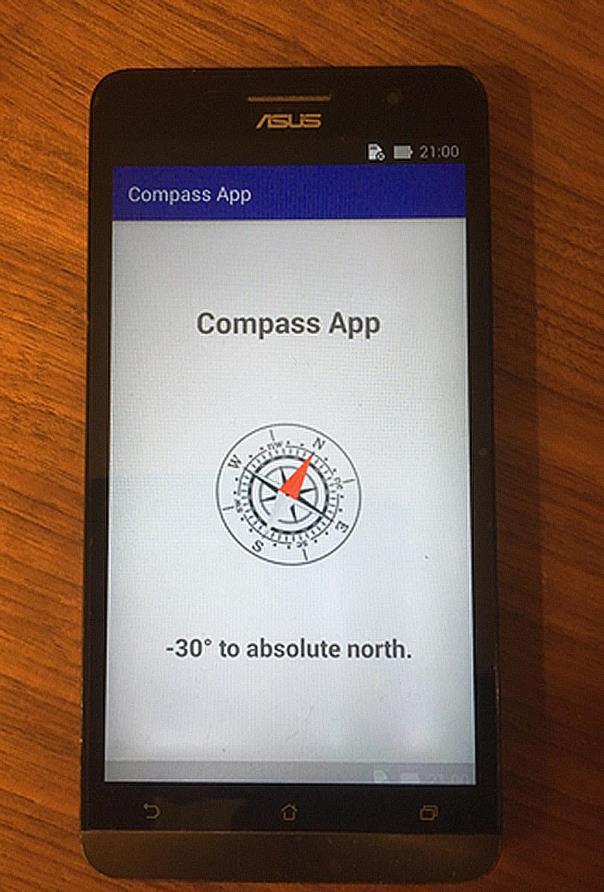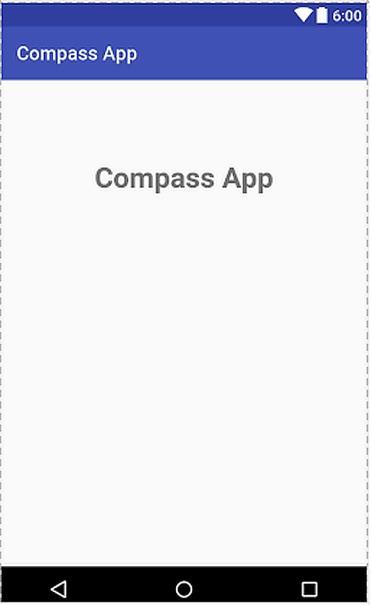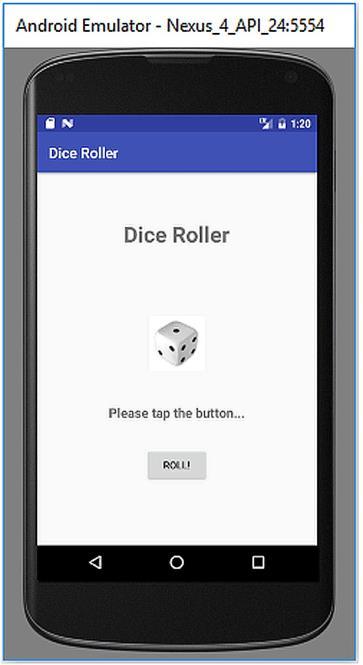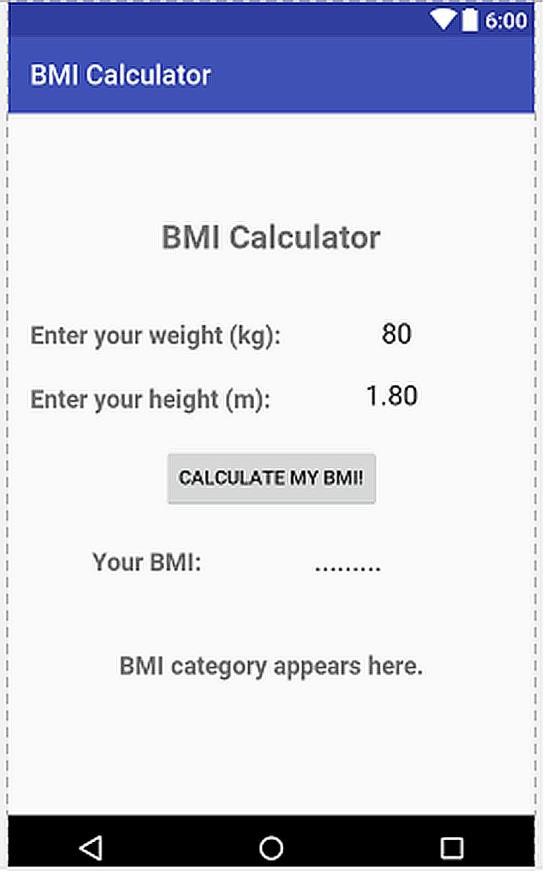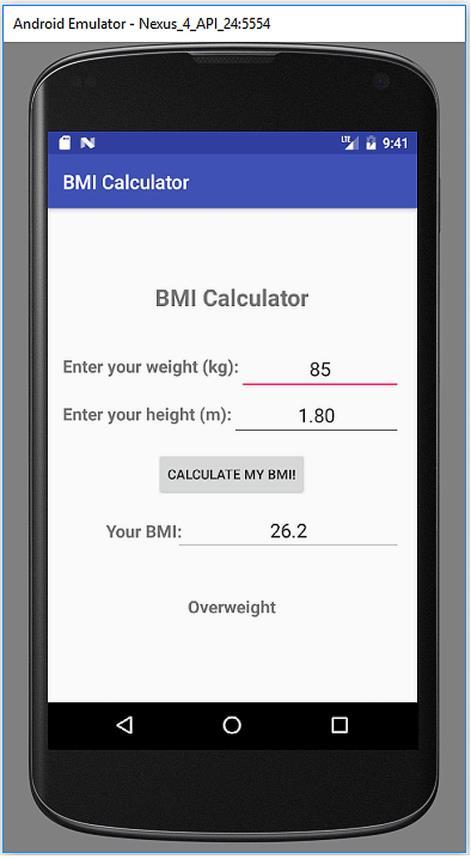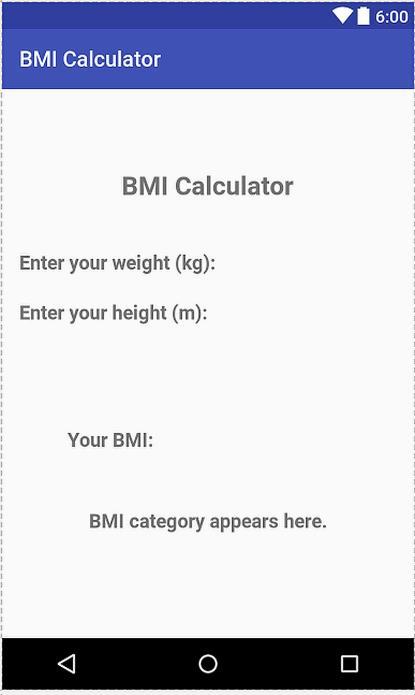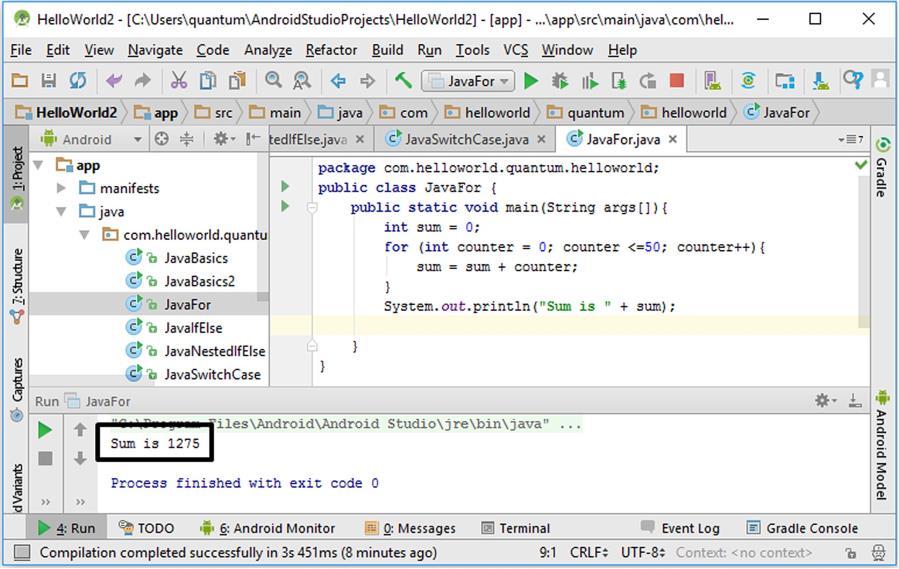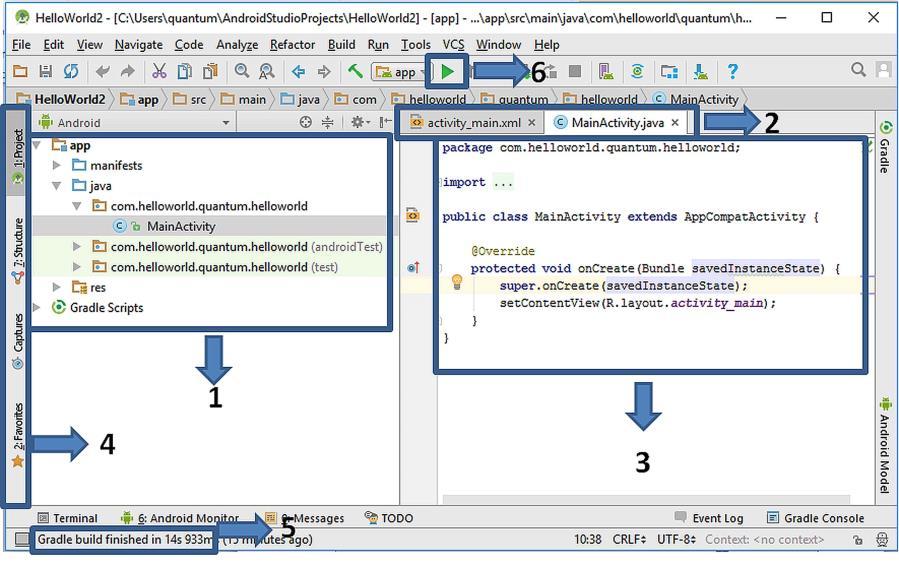CHAPTER 1. INTRODUCTION
Android is utilized not only in smartphones but also in tablets, netbooks, digital television boxes, handheld game devices and even in single board computers such as UDOO. Therefore we first need to select the target device(s) and version(s) before developing an app.
1.2. How do Android Apps Work? There are different ways the programs run on various platforms. The lowest level software can be written in machine code that runs directly on the microprocessor. This is shown in Figure 1.2. Since it is difficult to develop complex applications in machine code, operating systems are used. Operating systems provide a communication and control layer between the application software and the hardware as shown in Figure 1.3. If we want to develop a native application for running on a specific hardware/operating system, we have to do this using a compiler and linker. Compiler and linker takes the source code and creates the executable file that actually runs on the operating system as shown in Figure 1.4. For example, if we want to develop an application in C++ programming language, we have to utilize the compilation/linking process.
Figure 1.2. Machine code – hardware relation The main advantage of native applications is their speed. However, the disadvantage is the incompatibility across different platforms. For example, we cannot run a native Windows application on Ubuntu and vice versa. Virtual machine concept is developed to overcome this limitation. Virtual machine is software that runs on the operating system and provides an abstraction to the developer as shown in Figure 1.5. The application software runs on top of the virtual machine.
11


